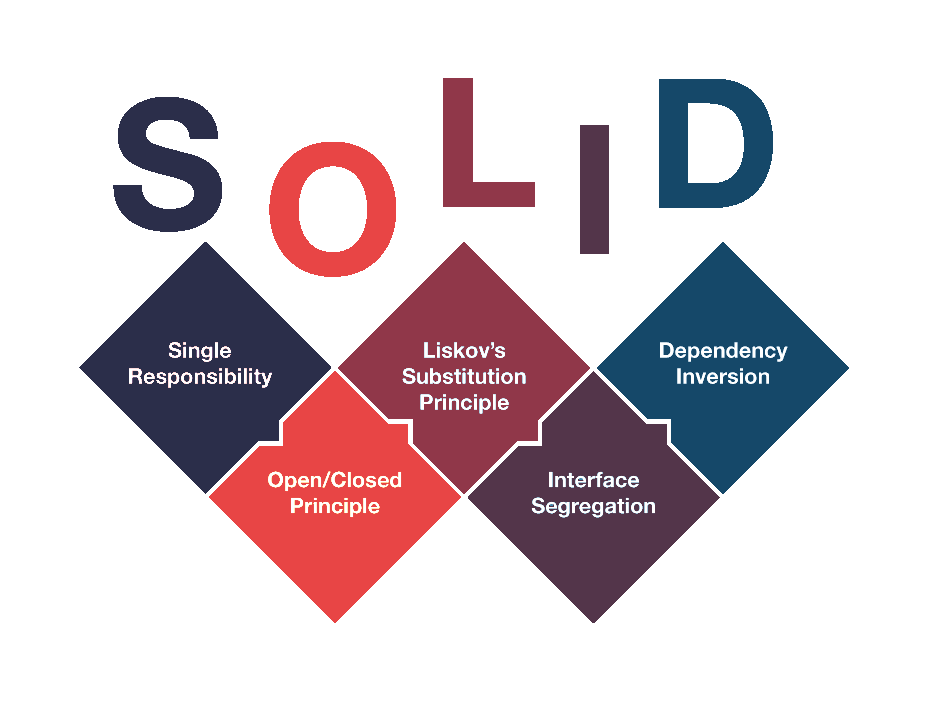SOLID: The First 5 Principles of Object Oriented Design
SOLID is a mnemonic acronym for five design principles intended to make object-oriented designs more understandable, flexible, and maintainable. The principles are a subset of many principles promoted by American software engineer and instructor Robert C. Martin, first introduced in his 2000 paper Design Principles and Design Patterns discussing software crisis. These principles establish practices that lend to developing software with considerations for maintaining and extending as the project grows. Adopting these practices can also contribute to avoiding code smells, refactoring code, and Agile or Adaptive software development.
The broad goal of the SOLID principles is to reduce dependencies so that engineers change one area of software without impacting others. Additionally, they’re intended to make designs easier to understand, maintain, and extend. Ultimately, using these design principles makes it easier for software engineers to avoid issues and to build adaptive, effective, and agile software. While the principles come with many benefits, following the principles generally leads to writing longer and more complex code. This means that it can extend the design process and make development a little more difficult. However, this extra time and effort is well worth it because it makes software so much easier to maintain, test, and extend. Following these principles is not a cure-all and won’t avoid design issues. That said, the principles have become popular because when followed correctly, they lead to better code for readability, maintainability, design patterns, and testability. In the current environment, all developers should know and utilize these principles.

